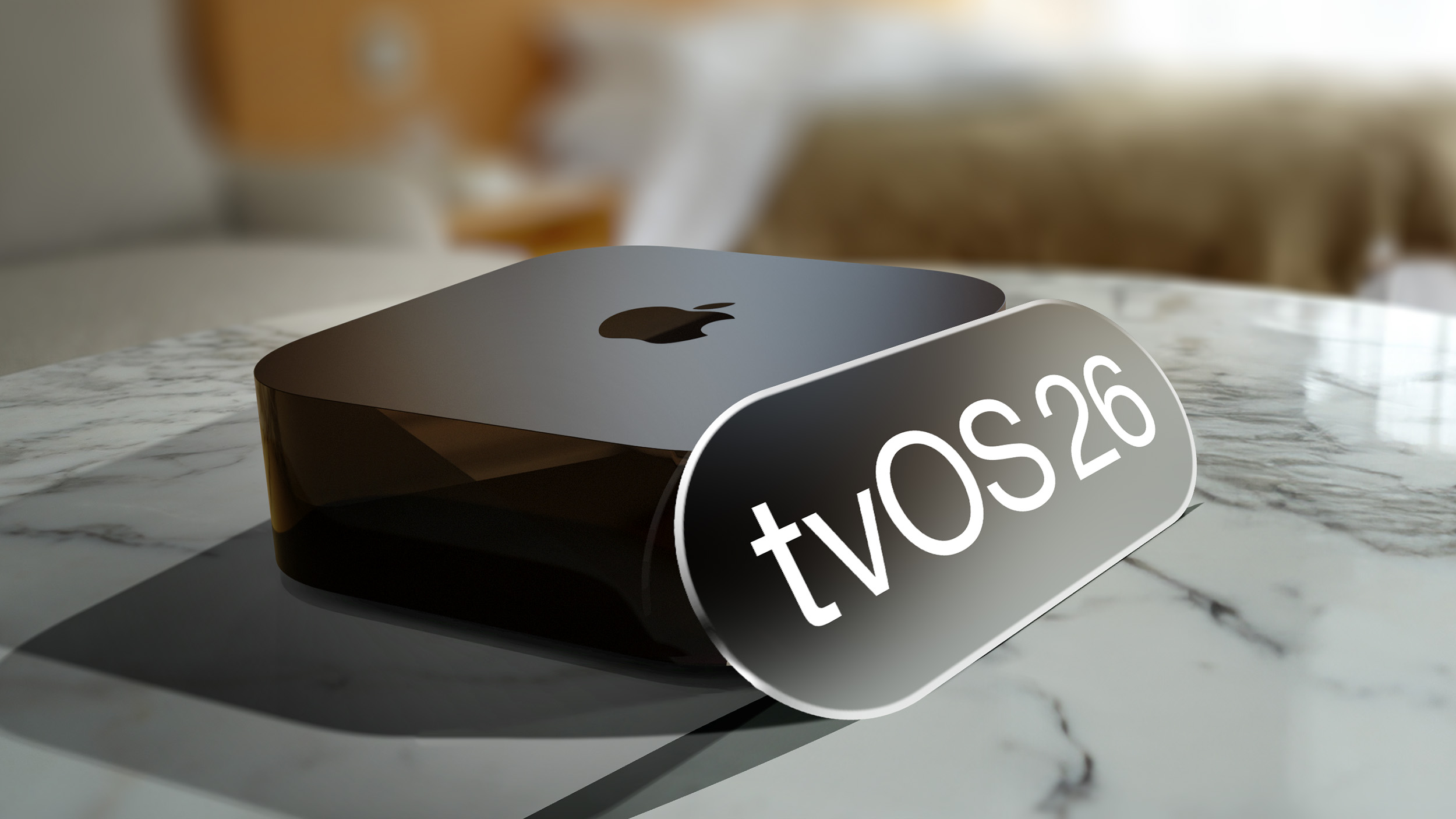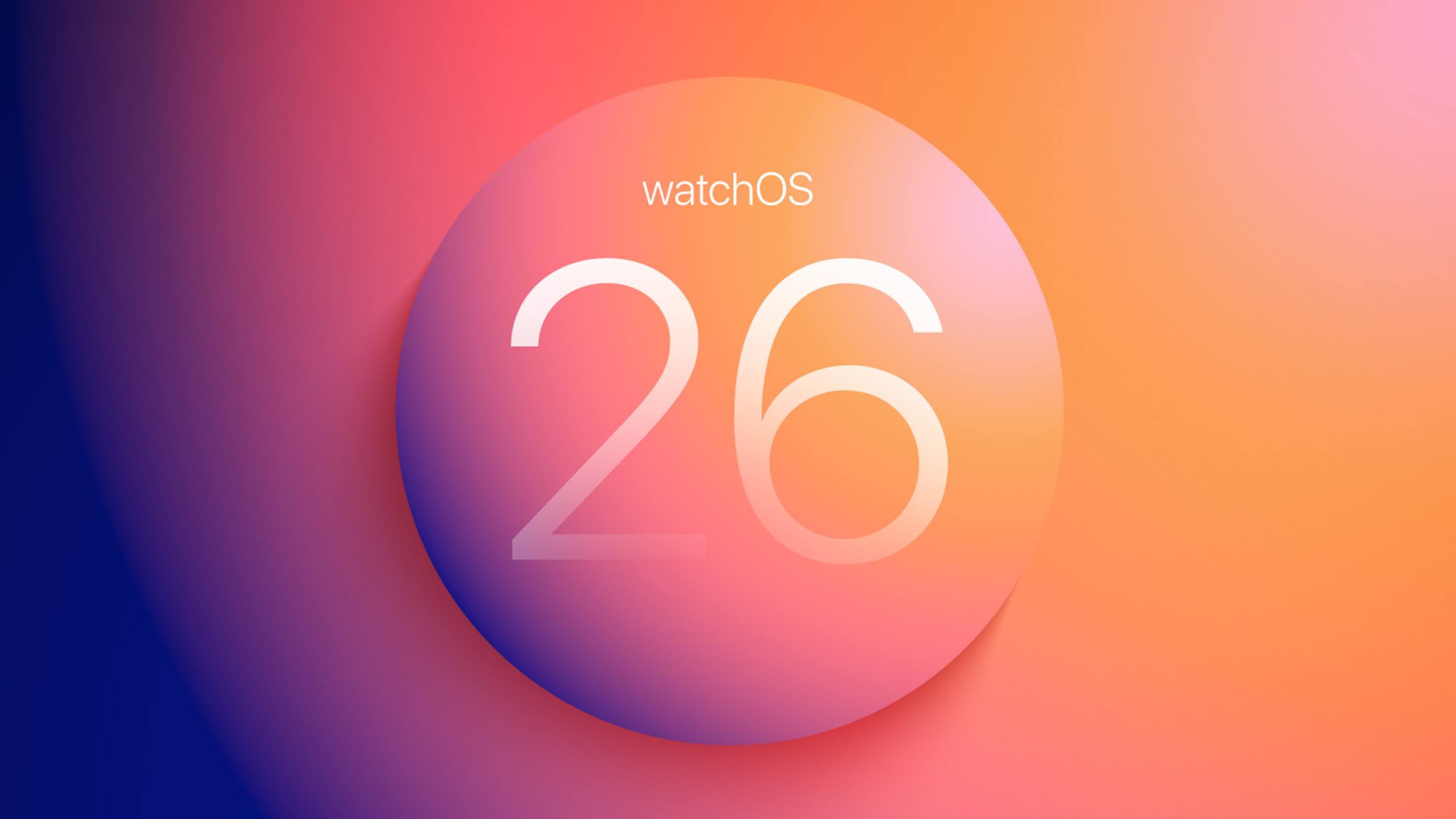Microsoft has a potentially genius idea to make ray tracing work better even with lower-end GPUs
[[{“value”:”
Microsoft might have a trick up its sleeve that makes ray tracing more feasible with the best GPUs that have lower amounts of VRAM, or are a lesser spec in general, perhaps – though we should be cautious at this point.
The broad idea is to make ray tracing less demanding, in short, as outlined in a patent from Microsoft that was highlighted by Tom’s Hardware.
How does Microsoft propose to take some of the heavy lifting out of the ray tracing (or path tracing) process? By optimizing it using a level of detail (LOD) system.
LOD is a trick already used to make graphics easier going on hardware, and what it’s doing is dropping image quality in certain areas of the screen – more distant objects for example – to allow for faster frame rates. Essentially, LOD is taking elements you likely won’t be focused on, and dropping detail levels so that you won’t even notice any difference, but the GPU certainly will feel the benefit of having to do less work.
The same thing can be applied to ray tracing, although there’s a lot more technical depth to what’s going on here naturally – but the basic idea is to drop the quality to ease the workload, without any noticeable difference to the end result of the image displayed (in theory).
Analysis: A game-changer for 8GB graphics cards?
Granted, there are already tricks that can be used for more fluid ray tracing performance such as upscaling, using the likes of Nvidia DLSS, AMD FSR, or Intel XeSS. But those only work with supported PC games, and a broader LOD system for easing the demands of ray tracing, and reducing memory requirements specifically, independent of resolution or upscaling, could be a major step forward.
If Microsoft can get it to work well, that is – bear in mind this is only a patent right now, and could end up going nowhere (much R&D does, on the software and hardware fronts).
Should the system be realized as presented here, though, this could particularly help graphics cards which have a VRAM loadout of 8GB, which is on the thin side these days. Easing the memory demands as mentioned could help those graphics cards without plentiful RAM resources at their fingertips to manage a better level of performance with ray tracing.
It’s possible that Microsoft’s tech could even make ray tracing more viable for lesser spec graphics cards that currently can’t handle the feature at all, but we wouldn’t get our hopes up too much on that front. This is more about making it run better on GPUs where ray tracing is a bit wobbly, rather than well out of reach, or at least that’s the way it seems from what’s outlined here.
This is a potentially huge development – for those who care about ray tracing, anyway, and we’re well aware that not everyone does. There are still PC gamers out there who would rather have smoother frame rates and plain rasterization, than the visual bells and whistles ray tracing provides, and we get where they’re coming from.
You might also like
Nvidia could have made its last GTX graphics card – so what budget options are left?Top gaming PCs: great rigs for serious PC gamingNvidia RTX 5090 could have up to 77% more memory than 4090
“}]]







